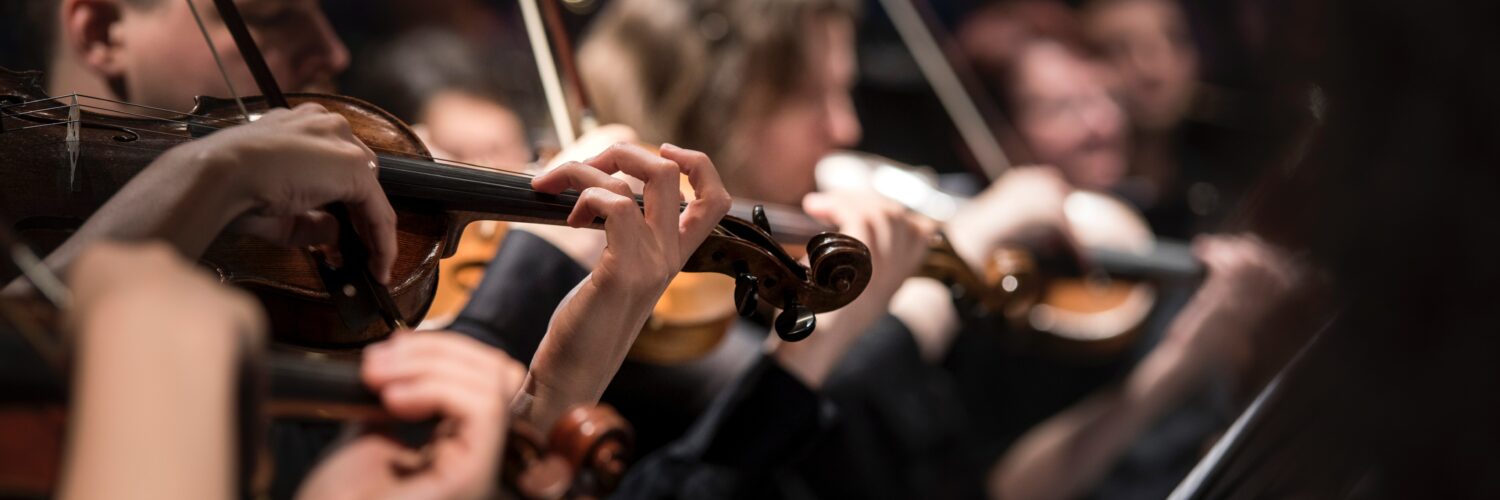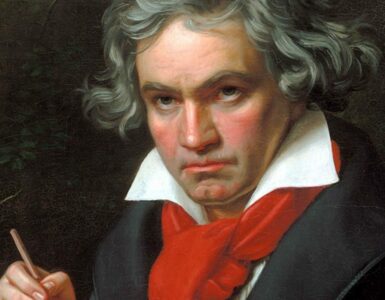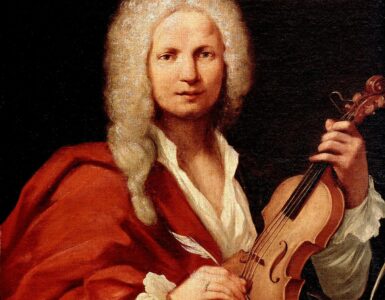As we slowly inch towards the modern music that we hear today, we often stumble upon the sounds of the yesteryears. The 20th Century succeeded the Romantic period and the common practice period around 1900. However, there is no exact definition of when the 20th Century ended, as this was just a couple of decades ago. Some musicians define the music of this period as “20th Century and beyond” whereas others separate “20th Century” and “21st Century” music altogether.
With that, let us talk about some of the features of music composed in the 20th Century, together with some of the composers who lived through this time.
History of the 20th Century
Most of us are familiar with the multitude of events outside of music that occurred during the 20th Century – the First World War, the Second World War, the Cold War, the Korean War, and the Vietnam War. On top of the many wars mentioned, we also have the rise and fall of the USSR, the bombing of Hiroshima and Nagasaki, and the Cuban Missile Crisis. As we can see, there was a lot of violence during this period, which played a role in influencing the music of the 20th Century.
Naturally, there were many changes in the world of music, so much so that it is comparable to that of the Renaissance-Baroque period. Riots occurred because of music – people fought over the controversial ballet Le Sacre du printemps by Igor Stravinsky on the night of its premiere on 29 May 1913. The unconventional and revolutionary music heard during that time eventually evolved and were used in other genres – jazz, rock, and television music.
Globalisation also played a role in the development of 20th Century music – composers introduced elements from various types of music across the world into their own music. Many non-classical genres grew outside Europe, such as the jazz and rock mentioned earlier.
Characteristics of 20th Century Music
Harmony
Consonant and dissonant chords
Consonant chords are stable chords that sound perfect – major third, perfect fifth, perfect sixth, and octave. On the other hand, dissonant chords are unstable chords that sound funny. Before the 20th Century, consonant chords had to be a triad. However, composers now began to utilise dissonant chords and dropped the consonance-dissonance gap. Chords used to cause expectation and instability could become a stable chord. While different chords still have different purposes, they no longer have a fixed function.
New chords
Prior to the 20th Century, there were rules to determine how chords were to be used – a particular matching of tones were thought to be chords. This includes the triad, with the first, third, and fifth tone of a major scale being a triad. They continue to be used during the 20th Century but are no longer a necessity.
Traditional chords can be put together to form a polychord. This is played simultaneously and can sound together or distinctly. Composers also deviated from the chordal structures, using the fourth chord rather than the triad.
Melody
Melodies of 20th Century works did not need to be attached to traditional chords and keys. Compositions could use numerous scales and random chromatic tones – a number of works had no tonal centres. These melodies are not easy to sing or remember, unlike during the Classical period and the Romantic period.
Rhythm
The rhythm of 20th Century pieces is irregular and unpredictable, producing the drive, excitement, and power of the music. Composers gain inspiration from many different genres of music across the ages.
Compositions have metres that change quickly within a piece. During the common practice period, beats were in duple or triple metre, with accents on beats at equal intervals. However, beats were now randomly arranged and accented at unexpected times. On that note, new metres also became prominent – five or seven beats per bar were common.
Similar to the idea of polychords, compositions of the 20th Century have multiple independent rhythms that simultaneously contrast each other – the polyrhythm. This was also seen in the earlier periods, but only became widely used and more complicated during this period.
Tonal System
Composers also played around with the tonal system during the 20th Century, with fast and regular changes in keys weakening the gravity of the central tonality of the piece. While a number of composers retained the use of traditional tones, many others changed it. Some even neglect the use of traditional tones completely. Composers used scales from before the common practice period and in folk music, and scales from other places outside of Europe. Some composers even came up with their own.
Polytonality – the simultaneous use of multiple keys, was also a thing of the 20th Century.
Tone Colour
Tone colour played an important role in the continuity, mood, and variety of 20th Century works. Both percussive and noise-like sounds are used, and composers often maximise the range of instruments. On top of that, unconventional ways of playing instruments became commonplace.
As percussion instruments became the standard, noisemakers were also involved in music. These included automobile brake drums, sirens, and typewriters. The piano was used to produce drum-like sounds rather than their usual sound. Each tone colour is heard distinctly in a 20th Century orchestra. These orchestras are also not fixed and vary based on what the composer wants.

20th Century Composers
Here are some of the notable composers in the 20th Century.
| Composer | Notable Compositions |
| Claude Debussy (1862 – 1918) | Suite bergamasque, 3rd Movement, L. 75 |
| Igor Stravinsky (1882 – 1971) | Le Sacre du printemps |
| Aaron Copland (1900 – 1990) | Fanfare for the Common Man |
| Dmitri Shostakovich (1906 – 1975) | Cюита для эстрадного оркестра в восьми частях, (Suite for Variety Orchestra), 7th Movement |
Other notable composers include Bartok, Schoenberg, and Ives. This list does not include composers of other genres of music – Jazz, Pop, Rock etc.
20th Century Music
Expressionism
Many works composed in the 20th Century express expressionism – the emphasis on intense and subjective moods. Mostly surrounding Germany and Austria in the earlier half of the period, this movement spread across many art forms – paintings, literature, and music.
Expressionism aimed to convey the inner emotions and rejected societal standards of “beauty”. This was in particular after the First World War, where artists depicted scenes of bloodshed. In music, these were depicted in the lack of tonality and conventional chord progressions.
Impressionism
Impressionism was seen mainly in France, with one of the most prominent composers being Debussy. Debussy expressed mood swings and unclear expressions, as seen in many of his works. Inspired by literature and the arts, his works give off an unrestricted and unplanned impression. These build up to form the impressionism of 20th Century works.
Neoclassicism
Neoclassicism has a distinct retrain of mood, balance, and clarity. Used by composers such as Stravinsky, this movement existed between the First and Second World Wars. With forms and elements from previous eras, it revives old music by organising the disorganised harmony and rhythm of 20th Century music.
Note: “20th Century” refers to the musical period of the 20th Century, rather than the years 1901 to 2000.





Add comment